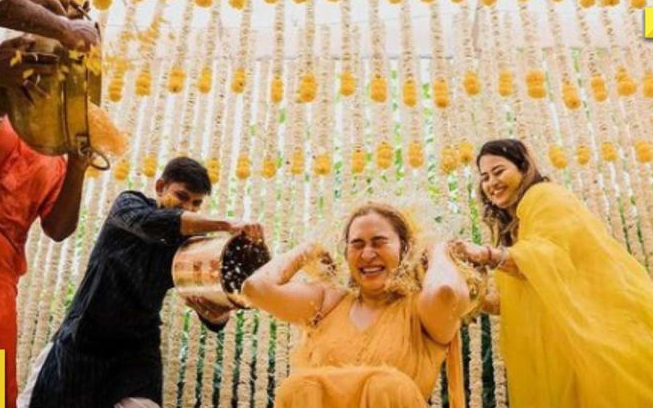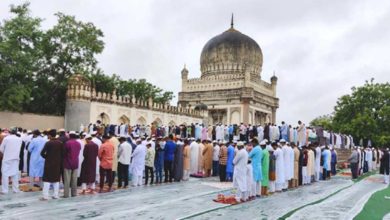Indian Wedding Season: What is Haldi ceremony? Know traditional importance, customs, and dress ideas for the bride.
Indian wedding season is upon us. Families and relatives gather together for this special occasion of their lives and celebrate with many rituals and customs popular in the Indian culture. One of the most important pre-wedding rituals includes the Haldi ceremony, an occasion where close friends and family of the bride and groom apply turmeric paste on their faces, hands, feet, etc to kickstart the wedding ceremonies.
What is a Haldi ceremony?
Haldi rituals are performed by the family, friends, and relatives of the bride and groom where they apply turmeric paste to the to-be newlyweds.
What is the traditional importance of applying Haldi?
Haldi is one of the most important kitchen ingredients. The bright yellow colour of turmeric not only adds colour and taste to food but also has several medicinal properties.
Haldi is used as an antiseptic, antibacterial, and anti-inflammatory agent for treating wounds and burns
Haldi helps to reduce gastrointestinal and several other diseases.
Haldi is also used for cosmetic purposes and because it has curcumin, it helps to nurture and brighten the skin.
It is because of this that applying Haldi to the bride and groom before the wedding is considered to be an important ritual and a vital pre-wedding ceremony.
Haldi customs
Traditionally, a paste is made with powdered Haldi and rose water or essential oils or milk and decorated with a few rose petals and then this paste is applied to the bride and/or groom’s face, arms, and feet with the help of Durva or Doob grass.
Haldi dress ideas for bride
The colour yellow is considered to be apt for the Haldi ceremony. The vibrant colour is often associated with Lord Vishnu and represents light, knowledge, purity, and victory. The bride-to-be might wear a yellow saree, salwar suit, or a lehenga for her Haldi ceremony.








